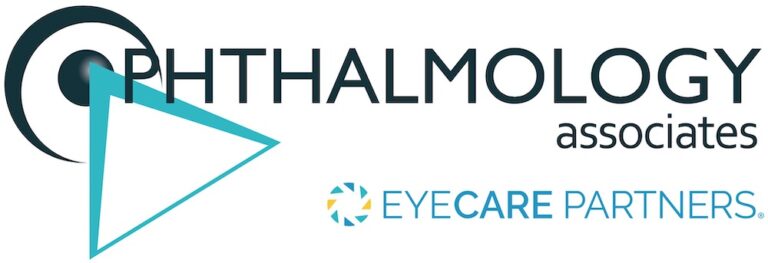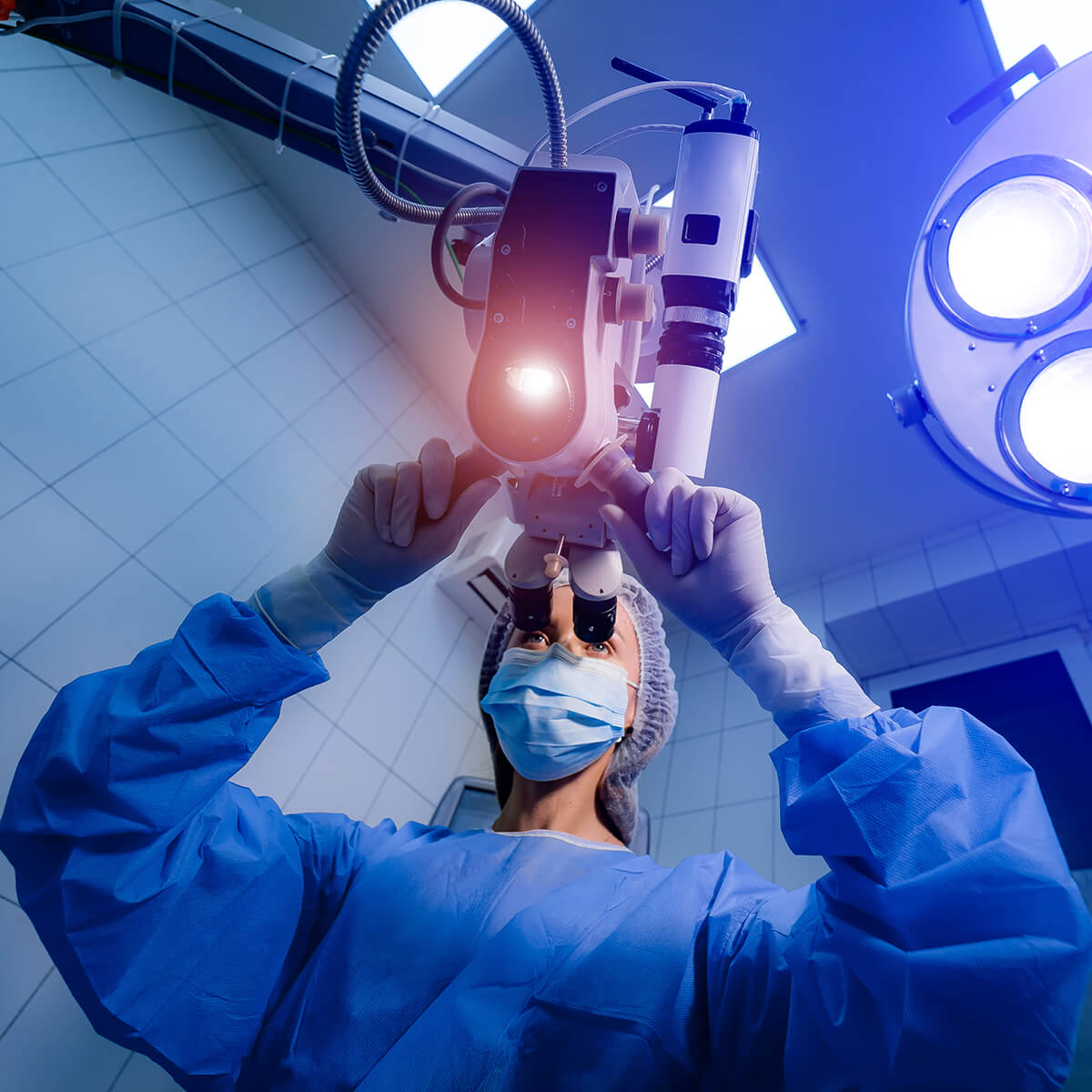
Using the latest in vision correction technology, our LASIK specialists at Ophthalmology Associates help patients in St. Louis achieve crisp, clear sight with vision correction surgery.
According to the American Refractive Surgery Council, more than 90% of people who undergo LASIK eye surgery achieve vision that is 20/20 or better. The LASIK eye surgical specialists at Ophthalmology Associates have the experience and expertise to deliver only the most top-quality LASIK services using state-of-the-art laser eye surgery equipment.

When it comes to your vision, only the best will do. For such an important part of our lives, you’ll want to make sure you get top-quality care. That’s why the LASIK specialists at Ophthalmology Associates train to use the most leading-edge laser eye surgery equipment so you get the latest in laser vision treatments.
Our experts serve patients in the St. Louis, St. Charles, and Sullivan, Missouri areas, so no matter where you are in Missouri, clear vision is just a call or click away. Contact us today to schedule your appointment and let’s see a brighter future together.
Our experienced ophthalmologists use the latest in laser surgery technology to ensure you get the best care possible. Meet your local St. Louis LASIK surgeons:
View All Doctors
LASIK, which stands for laser-assisted in situ keratomileusis, is a laser vision correction procedure designed to reduce or eliminate your need for eyeglasses or contact lenses. The cornea, the clear front surface of the eye, helps focus light on the retina at the back of the eye for sharp vision. LASIK improves vision by correcting the shape of the cornea in eyes that do not have light correctly focused on the retina.

Since it was invented more than 30 years ago, and FDA approved more than 20 years ago, LASIK has been studied extensively for safety and efficacy. According to the American Refractive Surgery Council, LASIK has an excellent safety track record, with a complication rate below 1%. In fact, studies show that wearing contact lenses introduces a higher risk of certain complications, such as microbial keratitis, when compared to LASIK. Many eye doctors choose to have LASIK themselves and recommend LASIK for their family members.
At Ophthalmology Associates, we prioritize patient safety above all else. Not only are our doctors highly trained, but they’re professionals who can customize LASIK surgery to your unique eyes to ensure the procedure is both effective and safe. No two pairs of eyes are the same. Neither are any two of our LASIK surgical plans. Our doctors will answer any questions or concerns you have about LASIK eye surgery during your appointment.

LASIK is a great option for many patients, and you may be a good candidate if you:
Take our quick candidacy quiz to learn if LASIK may be right for you!

If you learn at your consultation appointment that LASIK is not the best option for you, there may be alternative vision correction procedures that are suitable for you. Your eye doctor can tell you more about which procedures may best meet your needs. Our laser eye specialists provide EVO ICL and Photorefractive Keratectomy procedures, as well as reflexive lens exchanges.
Getting ready for LASIK is simple. During your appointment at Ophthalmology Associates, our experienced LASIK surgeon will learn more about you and check your eyes to ensure that LASIK is right for you. We’ll also determine if you may better benefit from other vision correction procedures like EVO ICL or PRK and answer any questions you have. Once your LASIK procedure is scheduled, our team will give you detailed preoperative instructions.
LASIK is an outpatient procedure, and the actual surgery takes as little as 15 minutes per eye. This is what you can expect at Ophthalmology Associates:

LASIK recovery is typically quick and easy. Here are a few things to keep in mind:
Our team will give you detailed postoperative instructions and schedule you for a follow-up appointment.

At Ophthalmology Associates, we know how important affordable vision care is to our patients. We also understand that each patient has unique needs and goals.
The cost of LASIK can vary based on your personalized treatment plan. We will give you transparent pricing information, as well as financing options, at your appointment.
Schedule an appointment with your St. Louis LASIK eye doctors to better understand what your LASIK procedure will cost at Ophthalmology Associates.
Did you know that LASIK can save you money over the long term when compared to the cost of eyeglasses and contact lenses?
See what patients in St. Louis are saying about the LASIK services at Ophthalmology Associates
More TestimonialsDuring your eye exam, your doctor will check for any sign of eye conditions that may disqualify you for LASIK, such as thin corneas, keratoconus, glaucoma, or severe dry eye disease. If it turns out that LASIK isn’t right for you, your eye doctor may be able to recommend another vision correction procedure.
LASIK is generally considered a quick and comfortable procedure. Most patients find that the anesthetic eye drops applied before the surgery ensure no pain during the procedure. You might feel a sensation of pressure or experience dimming of your vision at various points in the procedure.
Most medical and vision insurance plans consider LASIK to be elective and therefore do not cover it. However, you can use a flexible spending account (FSA) or a health savings account (HSA) to pay for LASIK, or you can take advantage of our financing options.